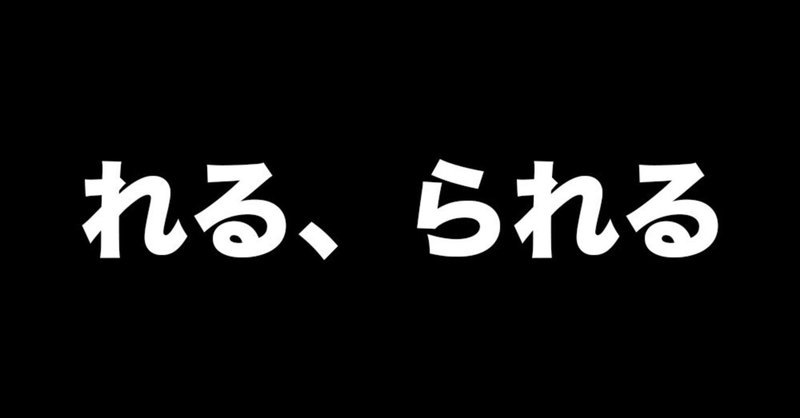
れる、られる
"れる" follows verbs whose imperfective form ends in the "a" row (あ行), while "られる" follows all other verbs.
“れる、られる” is used to express the passive voice.
道端に沢山のゴミが捨てられていた。
みちばたにたくさんのごみがすてられていた。
A lot of trash was thrown on the roadside.
この本は世界中で読まれている。
このほんはせかいじゅうでよまれている。
This book is being read all over the world.
It is also used to express that something is possible.
このプラモデルは子供でも組み立てられます。
このぷらもでるはこどもでもくみたてられます。
This model kit can be assembled even by a child.
今日は仕事が忙しくて、昼食を食べられなかった。
きょうはしごとがいそがしくて、ちゅうしょくをたべられなかった。
I was too busy with work today to eat lunch.
Additionally, it is used to express that something arises naturally.
彼女の接客には、思いやりが感じられます。
かのじょのせっきゃくには、おもいやりがかんじられます。
Compassion can be felt in her customer service.
地球温暖化による農業への影響が懸念されます。
ちきゅうおんだんかによるのうぎょうへのえいきょうがけねんされます。
The impact of global warming on agriculture is a concern.
Furthermore, it is used to express respect.
お客様は午後3時に来られます。
おきゃくさまはごご3じにこられます。
The guest will arrive at 3 PM.
今日のパーティーには社長も出席されます。
きょうのぱーてぃーにはしゃちょうもしゅっせきされます。
The president will also attend today's party.
この記事が気に入ったらサポートをしてみませんか?
